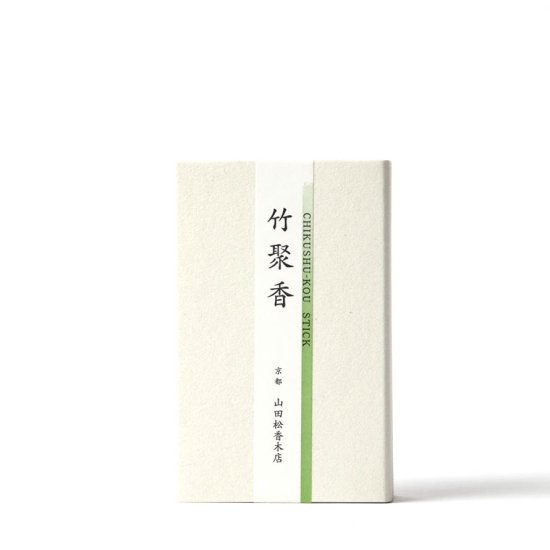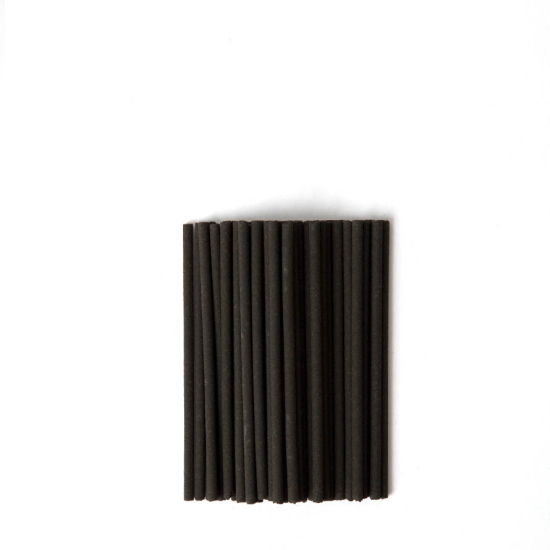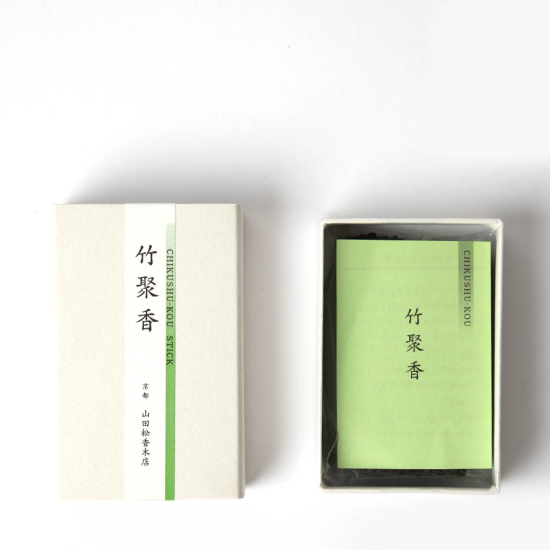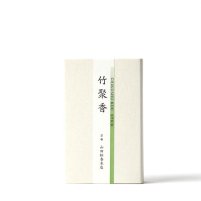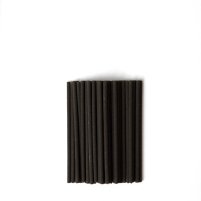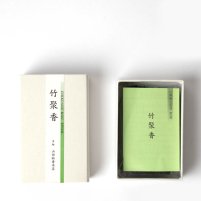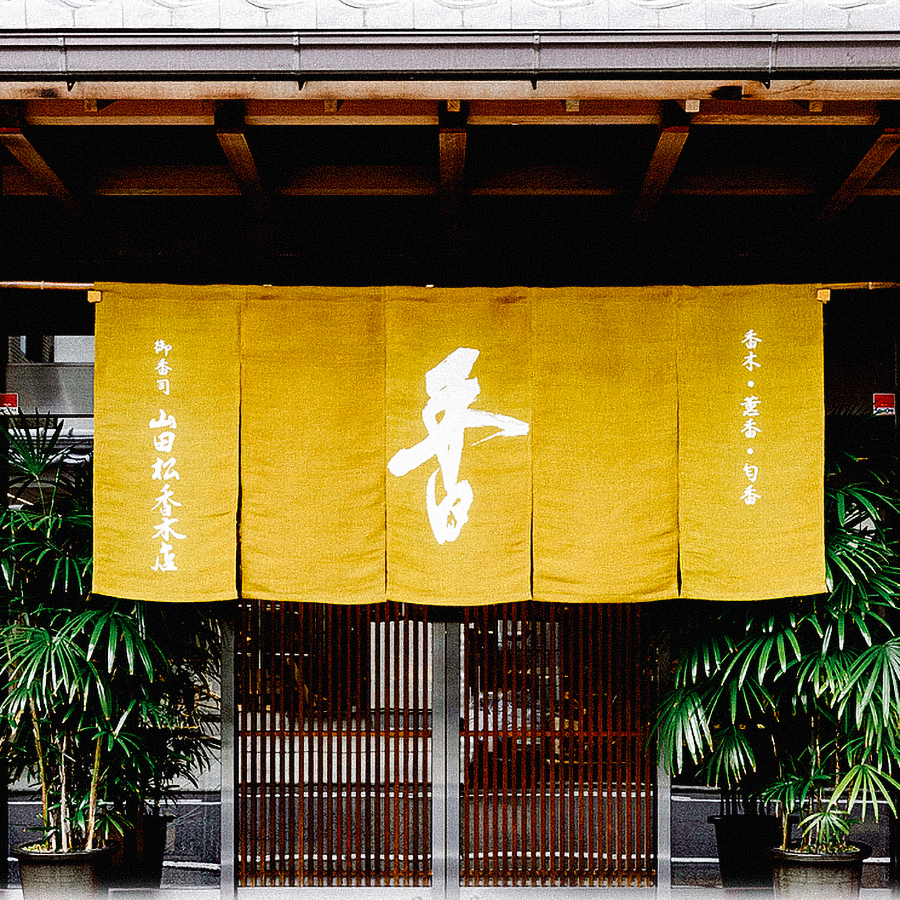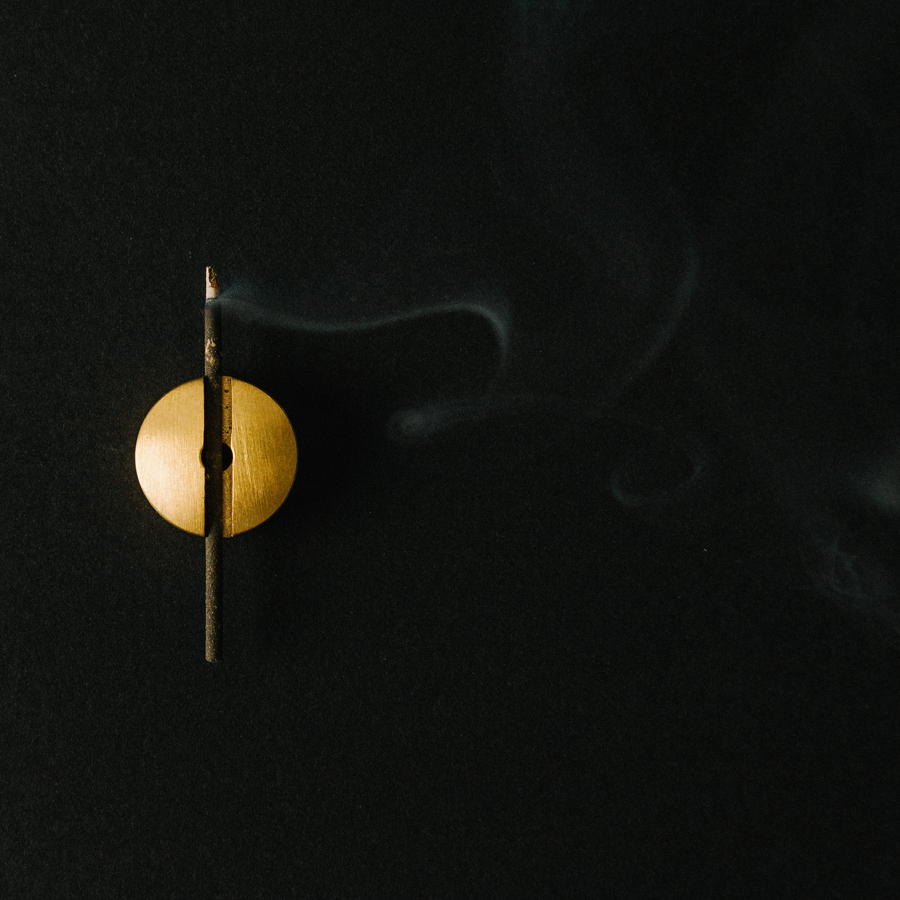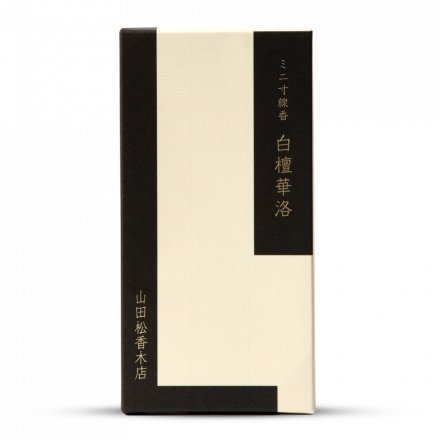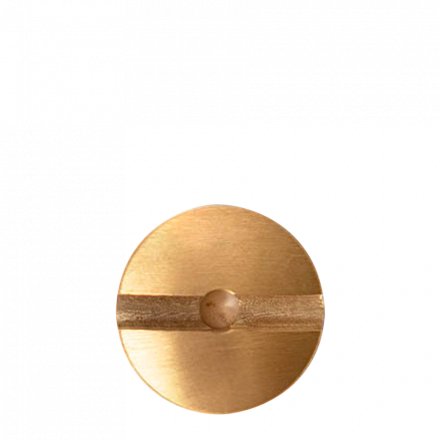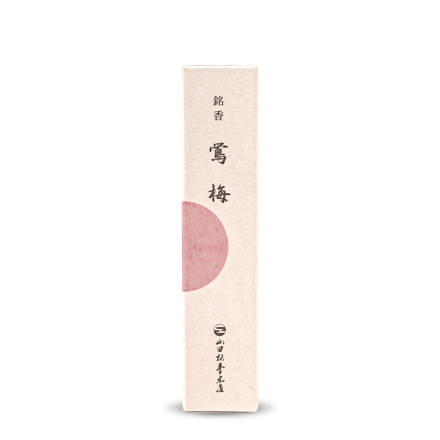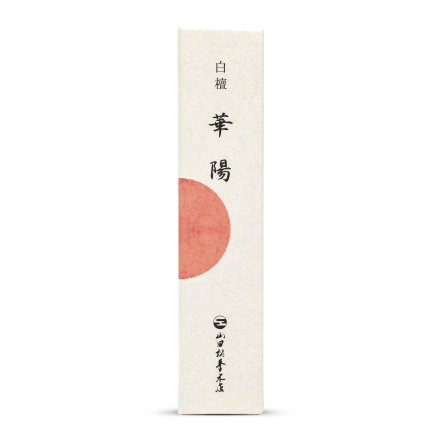Light the tip of the incense then blow out the flame so that it produces a gentle wisp of smoke. It is best to pair Japanese incense sticks with an incense holder and plate or an incense burner, such as a kōro half-filled with white ash, to catch the burned incense and protect underlying surfaces. Store in a cool, dry place away from direct sunlight.
Bamboo incense
Chikushu-kou 竹聚香
Yamada-Matsu
SKU
5756
Purifying Japanese incense sticks made from locally sourced Kyoto bamboo bark and charcoal powder blended with sandalwood and borneol by historic incense makers Yamada-Matsu. Chikushu-kou has antimicrobial properties that absorbs odours, while exuding a relaxing and refreshing scent.
| Contents | 50 x Incense Sticks |
|---|---|
| Brand | Yamada-Matsu |
| Origin | Kyoto, Japan |
| Stick length | 7cm |
| Burning time | 15 minutes |
| Weight | 37g |
| Packaging | Paper box |
In stock



